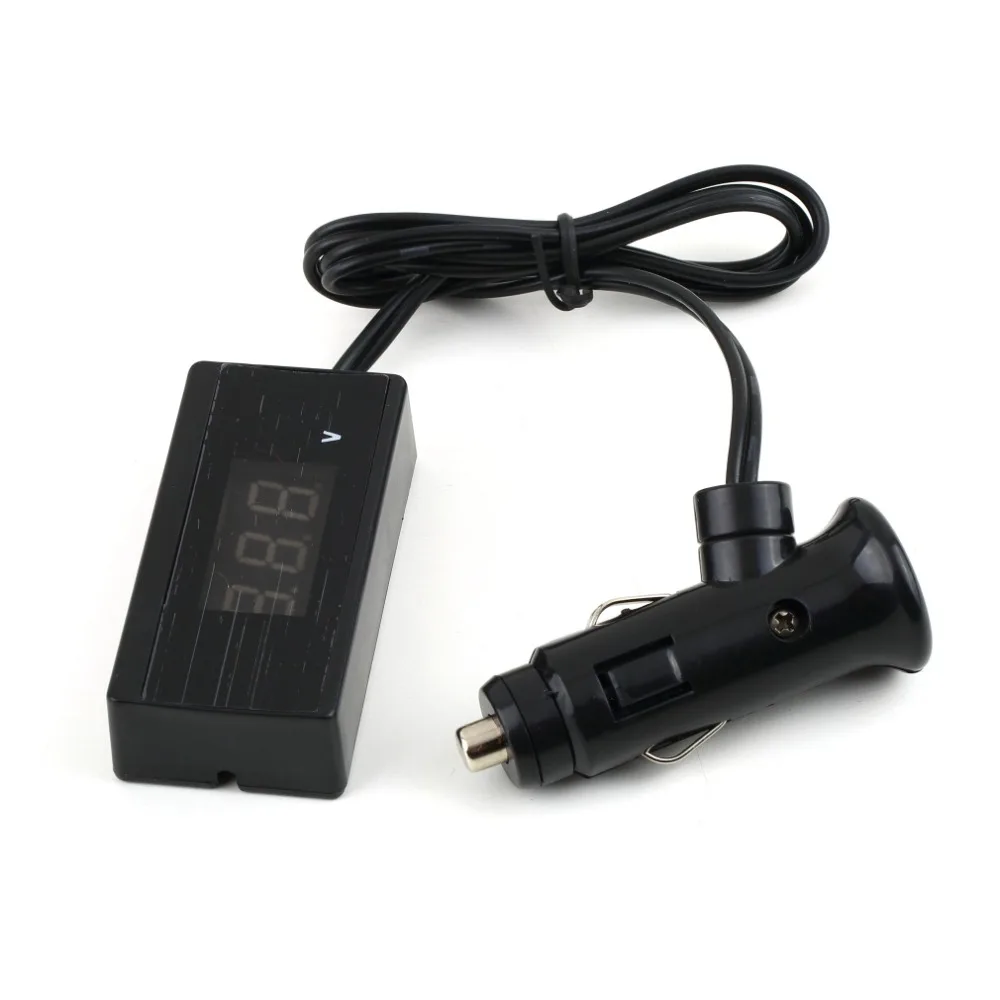

With RC planes, you don't fly if you aren't sure, so I grounded this one in one piece and replaced the battery. I checked this one, and it delivered 5.7v at the battery (correct) and less than 3.5v (hopeless) at the receiver when two of the servos were moved together. Under even heavier load (pulling up elevator at high speed on my plane, for example), the resistance might be too great to allow sufficient current through to the receiver and servo, and the plane would be on the ground, in tatters, moments later. So, when checking voltage, everything seems normal, but when under load (such as wiggling the servos on my plane), the resistance is so high that the battery voltage drops, massively, by the time it gets to the switch, which leads to the radio receiver and servo control centre. This is a common issue for photographers, radio equipment users, power system designers and the like, and usually manifests as the copper strands in the negative wire on a battery circuit turning black over time, and the resistance in the wire building up at the same time.
#Car battery indicator black full
The receiver battery in the aircraft (the one that makes the radio equipment work and powers the servos that move the flying surfaces) was about 3 years old and had charged up normally on the overnight charger, so all looked well.or so I thought., but on each model I have a battery indicator, which tells me whether the battery is good enough for another flight, and this one started behaving oddly - showing a full battery as expected after just one flight but, when I moved any control surface, the indicator dropped very quickly to low battery, and then settled back to full when I left the control sticks alone. I was recently flying a model that is several years old, and has been stored for at least a year. They are a great way to push battery systems to their limits, so I get to play whilst learning more about batteries.probably. The magic eye only looks at one cell anyway.Posted on by a keen builder and pilot of radio control planes. I beleive that means the electrolyte level is low but it is sealed so nothing can be done except to anticipate its failure. but the magic eye is now clear, neither green nor black. The battery is 11 years old, still starts the car Ok and appears to hold a good charge when tested as above. I have only one battery, in one of the cars, with a magic eye. It is only a rough indication but something you can do yourself, without specialist equipment, if you have a digital voltmeter.


A good new battery will fall relatively slowly, an old one will fall more quickly at first then more slowly but if serviceable should take many days, preferably a few weeks, to fall below 12.5. Then monitor the rate at which the volts fall. If you cannot get them charged to give around 12.7 volts they are probably coming to the end of their lives. Click to expand.Simplest thing to do is to individually charge them "fully" and check the voltages after standing idle for 12 hours.


 0 kommentar(er)
0 kommentar(er)
